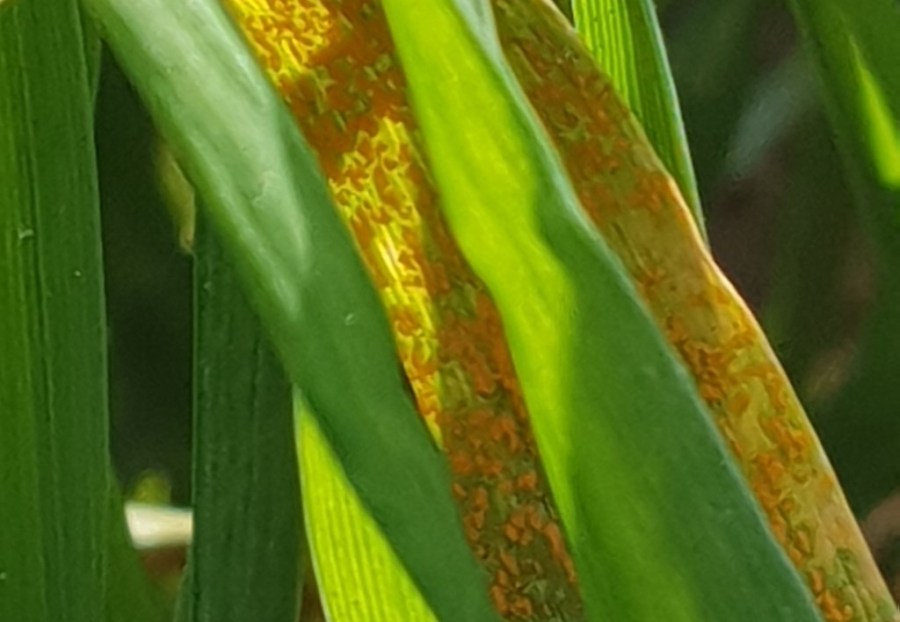A focus on yellow rust resistance could help to deliver genetic gain in wheat, according to the the latest announcement from Angus Wheat Consultants. Charlotte Cunningham reports.
In a recent webinar focusing on delivering genetic gain in wheat, Felix Austin – wheat breeder at Angus Consultants – highlighted that the UK wheat is under pressure from yellow rust because the climate provides a “perfect environment” for new races to evolve.
According to Felix, while the UK is a good environment to breed resistant varieties, genetic resistance must be deployed carefully to reduce risk to farms.
“Genetic variation in UK elite lines is low as consequence of the use of a limited number of parents. Yellow rust resistance can collapse quickly and this ‘boom and bust’ cycle of variety failure has been happening for the past 40 years.
“Very high yielding feed wheats can become susceptible after just a few years following introduction, and given the narrowness of the UK germplasm, a resistance breakdown in a single variety can have a domino effect through other elite lines if the failed resistance was used regularly.
“While it’s correct that yellow rust can usually be managed with good fungicide use, in field situations, two applications of a robust fungicide programme can still show high levels of yellow rust. This is a high risk scenario for the grower – and comes at a high financial cost.”
Measure and monitor
AWC have been working to monitor the yellow rust resistance in the UK and develop new resistant lines by working with Agrii.
The yellow rust situation is monitored by planting tussocks of a range of varieties and lines that contain known resistance genes. This forms part of a network across the country to monitor the geographic development of new yellow rust races.
The objective is to learn from this and deploy a range of resistant lines from diverse germplasm sources that allow improvements such that ‘sons’ of widely grown lines have significantly less yellow rust. Rather than seeking out immunity, the programme is looking for robust field resistance.
This robust resistance is a trait highlighted in the germplasm of CIMMYT – the International Maize and Wheat Improvement Centre – and AWC are now working closely with them to share experiences and germplasm with good adult plant resistance both for the UK and for the developing world, and screening elite CIMMYT germplasm in the high pressure UK environment.
Using strips of susceptible varieties to increase the level of yellow rust, means there is no shortage of rust in AWC nurseries. A space was then left adjacent to AWC winter sowing for drilling CIMMYT material so that their resistant lines can be evaluated to see if they will hold up in the UK’s high disease pressure environment.
Maximising impact
At the same time, crosses have been made between highly resistant UK lines and CIMMYT lines, as advised by their pathologists, from the International Bread Wheat Screening Nurseries. These crosses will determine whether the resistance in the germplasm comes from the same source – or if there is an opportunity to deploy novel resistance genes – either in the CIMMYT germplasm or into the UK germplasm.
“This collaboration aims to help our understanding of yellow rust races and to help farmers by creating more resistant varieties both in the UK – and across the globe,” says Bill Angus, managing director of AWC.
“Our strategy revolves around characterising the genetic resistances using accurate molecular markers and working with CIMMYT to develop a long-term strategy for their deployment. Apart from the value of this to UK growers, this is critical for the developing world where fungicides are not available.
“At Angus Wheat Consultants we believe that our self-funded initiative is an example of where the private and public sectors can work together for common benefit to maximise the impact of the work of BGRI – which is funded by both the Gates Foundation and the UK Department For International Development.”




